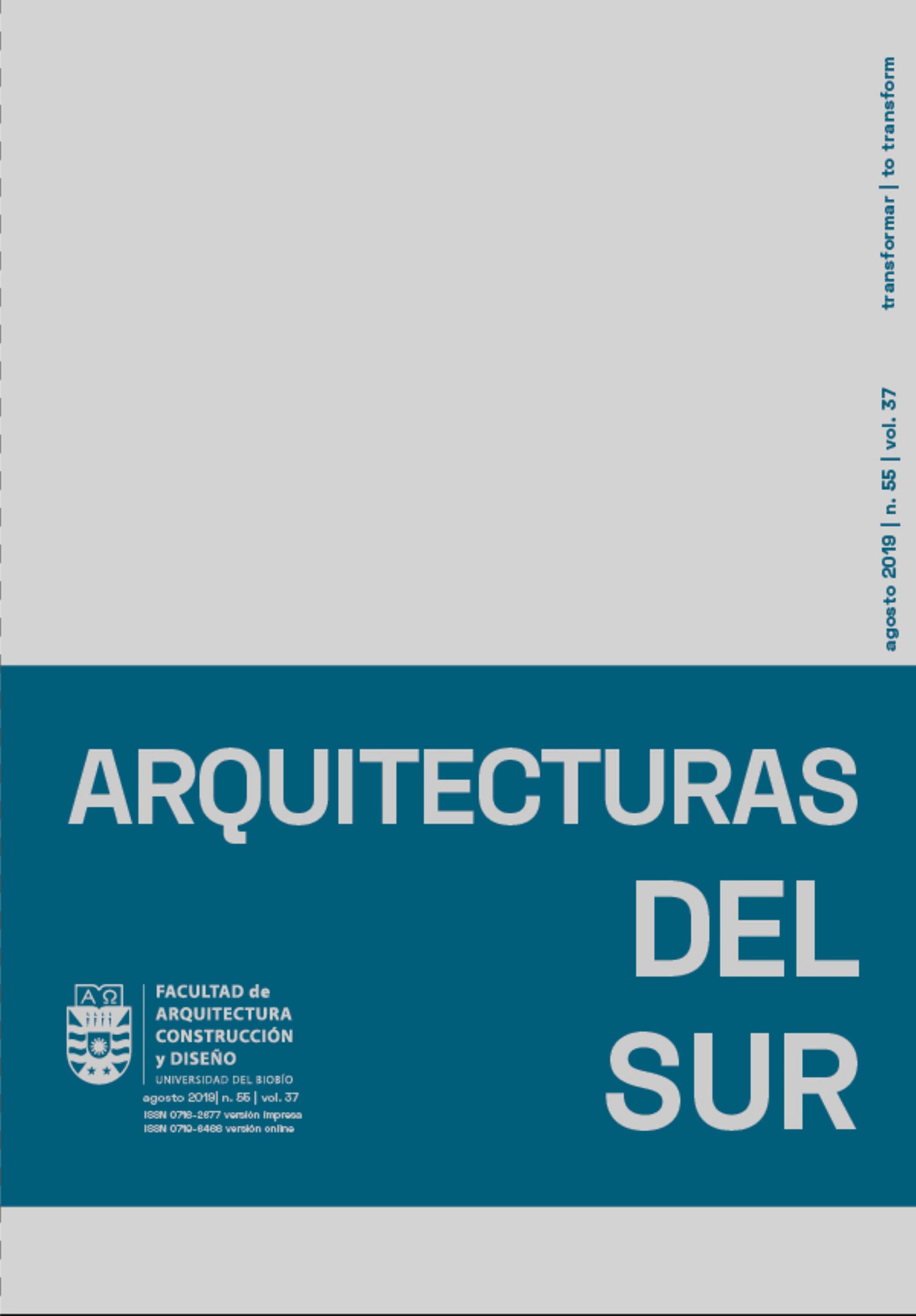The Tucumán, Argentina University campus: Context and circumstances of a utopia
DOI:
https://doi.org/10.22320/07196466.2019.37.055.01Keywords:
university campuses, Tucumán, functionalism, urbanism, modern movementAbstract
From its foundation in 1914, the University of Tucumán carried out its activities in various buildings that, as they were not designed for this purpose, had serious operational issues. In the decade of the 1940s, the Institute of Architecture and Urbanism (Instituto de Arquitectura y Urbanismo) made a proposal to build a university campus on San Javier hill. The plan followed the principles of modern urban planning and was the ideal laboratory to apply each of its postulates. Likewise, it was also the stage for the debate of two opposing positions among those who drew up the design: those who proposed the imperative rules of CIAM urbanism, and those who aspired to implement a more organic approach. In the present article, which is part of the research project: “20th Century Architecture in the NOA [Northwest Region of Argentina]: Analysis and Critical Assessment of the Architectural Production of the Modern, Late-Modern and Post-Modern Movement[s]”, the goal is to establish the genesis of a large-scale project that would completely transform the landscape of San Javier hill and the history of the university. The methodology used to address the case investigates the political context of the decade between 1945 and 1955, as well as the leading actors and their circumstances, in order to understand the reasons behind the project, the positions that prevailed in the design, and the causes that motivated the paralysis of the enterprise. Today, seventy years after the start of the works, it can be affirmed that the entire project was based on the premise of a strong national state, whose political conflicts and economic crisis contributed to its failure.
Downloads
References
Ahumada Ostengo, H. (2007). Lo regional y lo universal. La herencia de la Escuela de Arquitectura de Tucumán. Antología biográfica crítica 1947-1956 y 1957-1968. Tesis de doctorado inédita. Universidad Nacional de México, México.
Ahumada Ostenho, H. y Marigliano, F. (2011). La Escuela de Arquitectura de Tucumán. Fundación, legados y trayectorias. En E. Larrán, Eduardo Larrán. Arquitectura Moderna en el Noroeste Argentino (pp. 21-31). Buenos Aires: CEDODAL.
Alvite, S. M. (2018). La ciudad universitaria de Tucumán (1947-1952). Región, paisaje y organicismo. Registros, 14, 113-129.
Bravo, M. C. y Hillen, M. (2011). El proyecto universitario de Descole y el rol del periodismo constructivo como instrumento del desarrollo regional, Tucumán 1946-1951. En Bravo, M. C. (comp.) Docentes, científicos, artistas e intelectuales en la creación de la Universidad Nacional de Tucumán (1910-1960) (pp. 35-58). Tucumán: Edunt.
Collado, A. (2014). Migrantes, exiliados o viajeros. Trayectos arquitectónicos de Italia a Argentina en la segunda posguerra. En Gutiérrez, R. (coord.), Arquitecto Ernesto Puppo (1904-1987). Su obra en Italia, Argentina y Uruguay. Buenos Aires: CEDODAL, pp. 55-70.
Floria, C. A. y García Belsunce, C. (1993). Historia de los argentinos, Tomo II. Buenos Aires: Editorial Larousse.
La Ciudad Universitaria de Tucumán. (1950). Nuestra Arquitectura. Año 22, (254). Buenos Aires: Editorial Contemporánea.
Liernur, J. F. (2001). Arquitectura en la Argentina del siglo XX. La construcción de la modernidad. Buenos Aires: Fondo Nacional de las Artes.
Marigliano, F. (2009). La ciudad universitaria de Tucumán. Ambiciones de la modernidad Argentina. En O. Paterlini y D. Moreno (eds.) Patrimonio Arquitectónico de la Universidad Nacional de Tucumán. Tucumán: EDUNT, pp. 249-260.
Nicolini, A. y Paolasso, C. (1984). Enseñanza y teorías. Planes Urbanos. En M. Waisman (coord.) Documentos para una historia de la arquitectura argentina (pp. 209-212). Buenos Aires: Ediciones SUMMA.
Remorino, J. (1953). Anales de Legislación Argentina – 1947. Tomo VII. Buenos Aires: Editorial La Ley.
Rigotti, A. M. (2012). Fósiles del futuro. Mega estructuras. Block, (9), 18-31.
Universidad Nacional de Tucumán (1950). Memoria 1947-1950. Tucumán: Imprenta Universidad Nacional de Tucumán.
Downloads
Published
How to Cite
Issue
Section
License
The content of the articles published in each issue of Arquitecturas del Sur is the sole responsibility of the authors and does not necessarily represent the opinion of University of the Bío-Bío.
The authors will maintain their copyright; however, they will guarantee the journal the right to first publication and dissemination of their work. The publication of the article in Arquitecturas del Sur will be subject to the Creative Commons International license (CC BY-SA) that allows others to adapt: remix, transform and build on the material for any purpose, even commercially; share: copy and redistribute the material in any medium or format, as long as the authorship and first publication in this journal are acknowledged by citing them correctly, and their new contributions are under a license with the same terms.














 Programa de Información Científica/Concurso Fondos de Publicación de Revistas Científicas 2018/ Proyecto Mejoramiento de Visibilidad de Revistas UBB (Código:FP180007)
Programa de Información Científica/Concurso Fondos de Publicación de Revistas Científicas 2018/ Proyecto Mejoramiento de Visibilidad de Revistas UBB (Código:FP180007) 
